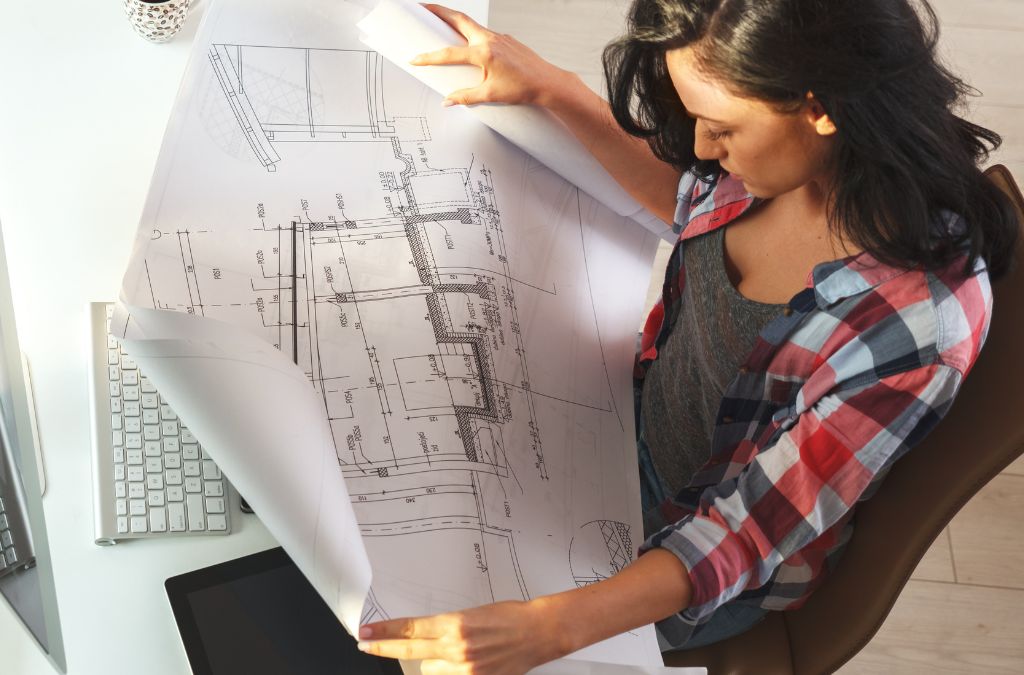-
Table of Contents
- The Visionary Architect: Shaping Tomorrow’s Landscapes
- Redefining Sustainability
- Green Building Materials
- Energy Efficiency
- Case Study: The Edge, Amsterdam
- Embracing Inclusivity
- Universal Design Principles
- Community-Centric Spaces
- Case Study: The High Line, New York City
- Innovative Technologies
- 3D Printing
- Smart Buildings
- Case Study: Bosco Verticale, Milan
- Conclusion
The Visionary Architect: Shaping Tomorrow’s Landscapes
Architecture has always been a reflection of society’s values, aspirations, and technological advancements. As we move further into the 21st century, the role of the architect is evolving to meet new challenges and opportunities. This article explores how visionary architects are shaping the future, creating spaces that are not only functional but also sustainable, inclusive, and innovative.
Redefining Sustainability
Sustainability is no longer a buzzword but a fundamental principle in modern architecture. Visionary architects are pushing the boundaries of what is possible, integrating green technologies and materials to create buildings that are environmentally friendly and energy-efficient.
Green Building Materials
Innovative materials such as cross-laminated timber (CLT), recycled steel, and low-emission concrete are becoming standard in new constructions. These materials reduce the carbon footprint of buildings and promote a circular economy.
Energy Efficiency
Architects are incorporating solar panels, wind turbines, and geothermal systems to harness renewable energy. Passive design strategies, such as natural ventilation and daylighting, are also employed to minimize energy consumption.
Case Study: The Edge, Amsterdam
The Edge in Amsterdam is often cited as one of the most sustainable office buildings in the world. It uses a combination of solar panels, rainwater harvesting, and smart technology to achieve a net-zero energy status. The building’s design maximizes natural light and ventilation, reducing the need for artificial lighting and air conditioning.
Embracing Inclusivity
Inclusivity in architecture means designing spaces that are accessible and welcoming to all, regardless of age, ability, or socioeconomic status. Visionary architects are creating environments that foster community and social interaction.
Universal Design Principles
Universal design principles ensure that buildings are accessible to everyone. Features such as ramps, wide doorways, and tactile indicators make spaces navigable for people with disabilities.
Community-Centric Spaces
Architects are designing public spaces that encourage social interaction and community engagement. Parks, plazas, and community centers are being reimagined as vibrant hubs of activity.
Case Study: The High Line, New York City
The High Line is a prime example of inclusive design. This elevated park, built on a disused railway track, provides a green space in the heart of Manhattan. It is accessible to people of all abilities and has become a popular gathering spot for locals and tourists alike.
Innovative Technologies
Technological advancements are revolutionizing the field of architecture. From 3D printing to smart buildings, these innovations are enabling architects to create more complex and efficient designs.
3D Printing
3D printing is transforming the construction industry by allowing for the rapid prototyping of building components. This technology reduces waste and speeds up the construction process.
Smart Buildings
Smart buildings use sensors and automation to optimize energy use, security, and comfort. These buildings can adapt to the needs of their occupants, providing a more personalized and efficient environment.
Case Study: Bosco Verticale, Milan
Bosco Verticale, or Vertical Forest, in Milan is a striking example of innovative architecture. These residential towers are covered in trees and plants, which help to improve air quality and reduce energy consumption. The buildings are equipped with smart systems that monitor and manage the health of the vegetation.
Conclusion
Visionary architects are at the forefront of shaping the future of our built environment. By embracing sustainability, inclusivity, and technological innovation, they are creating spaces that are not only functional but also enhance the quality of life for their occupants. As we look to the future, the role of the architect will continue to evolve, driven by the need to address global challenges and improve the human experience.
